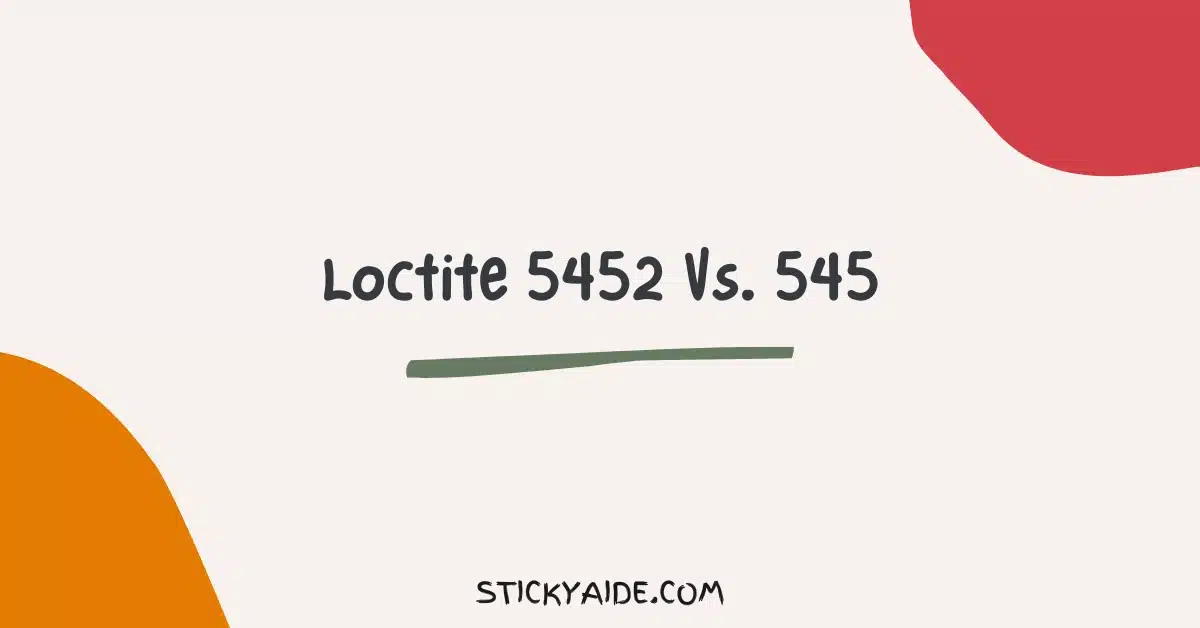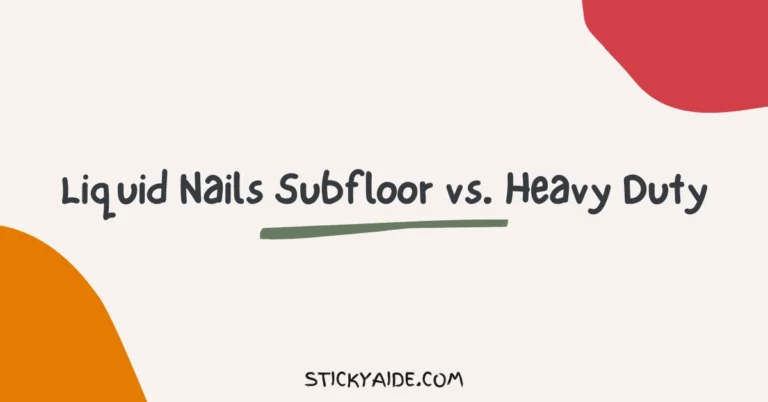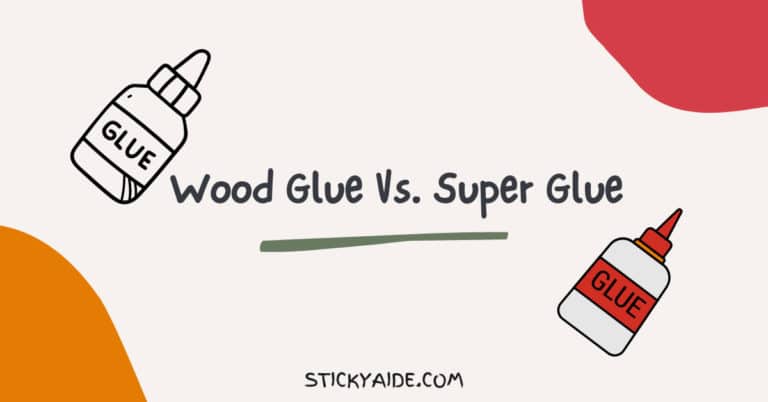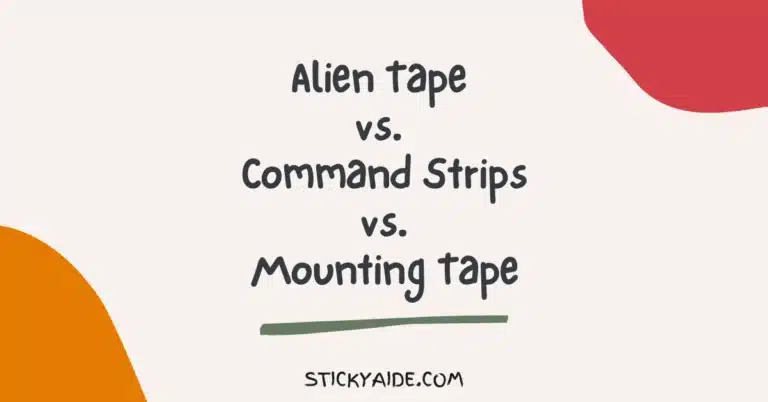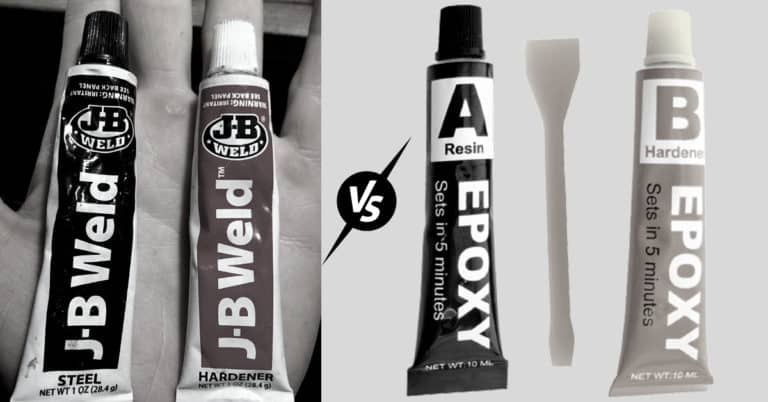Thread sealants are substances applied to the threads of pipes and fittings to prevent leaks and corrosion. Thread sealants can be classified into different types, such as anaerobic, Teflon tape, pipe dope, and silicone.
I will compare two popular anaerobic thread sealants, Loctite 5452 Vs. Loctite 545, in this article.
If you need a high-viscosity, thixotropic thread sealant that won’t drip or run when applied vertically or overhead, Loctite 5452 is for you.
Loctite 545 is more suitable for applications requiring a low-viscosity thread sealant with high lubricity that spreads easily.
Read More: Loctite 542 Vs. 545
Loctite 5452 Vs. 545
Overview of Loctite 5452
The Loctite 5452 thread sealant liquid is purple, thixotropic, and made from methacrylate ester acrylics. Typically used in hydraulic and pneumatic systems for threaded fittings.
These are great for dry seal connectors like O-ring bosses. Also works on flare-style fittings’ mating surfaces.
It is a slow-drying, non-hardening sealant that allows for easy disassembly of parts. In the HVAC and plumbing industries, it is widely used.
Overview of Loctite 545
Loctite 545 is a high-lubricity thread sealant for locking and sealing metal pipes and fittings. It is also easy to apply and is compatible with most metals.
It has high lubricity for easy assembly and disassembly of metal pipes and fittings. It is suitable for locking and sealing small fittings.
It is also resistant to common shop fluids, such as oil, gasoline, and antifreeze. It cures rapidly to form a tough, resilient seal that resists vibration and temperature swings.
Read More: Loctite 242 vs. 243
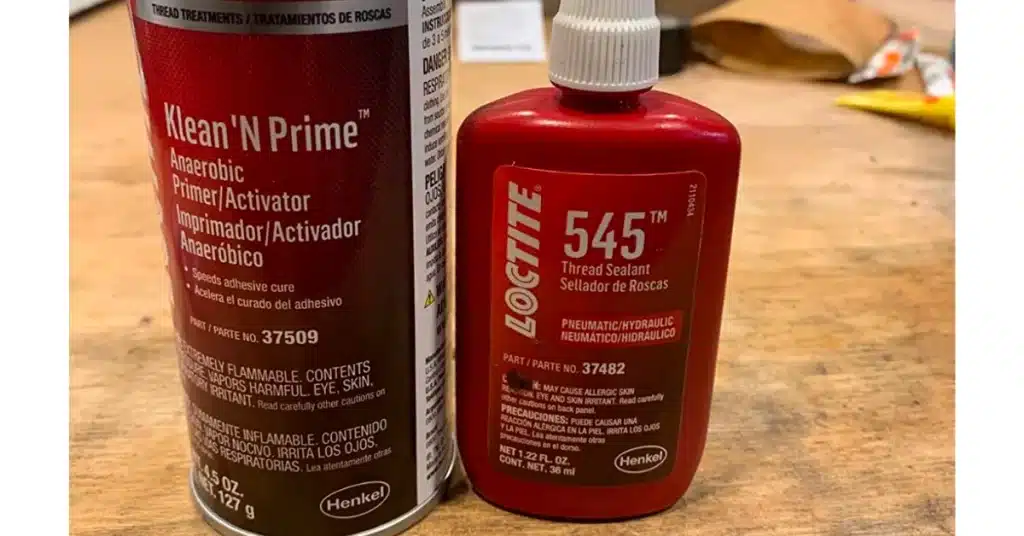
Comparison Between Loctite 5452 and Loctite 545
| Feature | Loctite 5452 | Loctite 545 |
| Color | Purple | Purple |
| Viscosity | High | Low |
| Thixotropy | High | Low |
| Lubricity | Low | High |
| Cure Time | 72 hours | 24 hours |
| Temperature Resistance | Up to 300°F (149°C) | Up to 300°F (149°C) |
| Pressure Resistance | Up to 10,000 psi (68.9 MPa) | Up to 10,000 psi (68.9 MPa) |
Which One To Choose? Loctite 5452 or Loctite 545?
Consider these factors when choosing between Loctite 5452 and Loctite 545:
Cure Time
If you need a fast-curing time, you may prefer Loctite 545 because it cures in 24 hours at room temperature. If you have more time to wait for the cure, you may prefer Loctite 5452 because it cures in 72 hours at room temperature.
Size of The Fittings
Small fittings may benefit from Loctite 545 because of its low viscosity and high lubricity, which makes it easy to apply and remove. The high viscosity and thixotropy of Loctite 5452 prevent it from dripping or running on larger fittings.
Orientation of The Fittings
You may prefer Loctite 5452 for vertical or overhead applications since it doesn’t drip or run. For horizontal or downward thread sealing, Loctite 545 is preferred because it spreads easily.
How Strong Is Loctite 545?
Loctite 545 is a thread sealant designed for metal pipes and fittings. It can withstand pressures up to 10,000 psi, providing a strong and durable seal. The product typically cures fully in 24 hours, offering high resistance to thermal cycling and vibrations. Always follow the manufacturer’s instructions for optimal results.
Is Loctite 545 Fuel Resistant?
Loctite 545 is designed for hydraulic and pneumatic fittings and has some chemical resistance. However, a fuel-specific sealant like Loctite 5923 is often recommended for constant fuel exposure. Always refer to the manufacturer’s technical datasheet for precise information.
Last Opinion
Both Loctite 5452 and Loctite 545 are excellent thread sealants for metal pipes and fittings.
Loctite 5452 is more suitable for applications that require a high-viscosity and thixotropy thread sealant that does not drip or run when applied vertically or overhead. It is also useful for dry seal fittings and flare-style fittings.
Loctite 545 is more suitable for applications that require a low-viscosity and high-lubricity thread sealant that spreads easily and reduces friction between the threads. It is also suitable for small fittings.
Here, I tried to make a comparison between Loctite 5452 Vs. Loctite 545. I hope you enjoyed reading this article!

